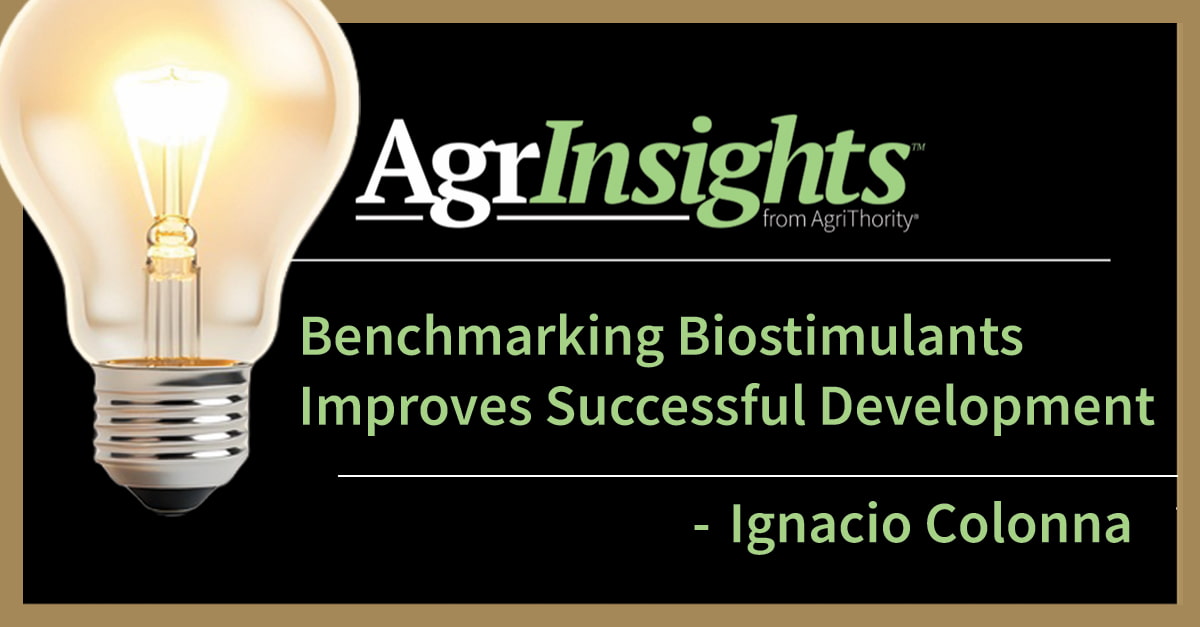One of the greatest challenges in the adoption of agricultural inputs—particularly biological products—is their variability in performance across different environments. Unlike synthetic chemicals, biologicals often rely on complex interactions with the crop and its surroundings, including soil microbiota, weather patterns and plant physiology. This context-specific behavior makes it essential to understand not just if a product works, but where and under what conditions it delivers the most consistent value. Understanding where a product works (and doesn’t) can be the difference between one-time use and long-term adoption.
Working with a Complex Product
Biologicals interact with a dynamic environment. The efficacy of a biological product can vary within a single field due to differences in soil texture, organic matter, moisture, or microbial populations. These micro-environments can significantly influence the success—or failure—of a product in specific zones.
One average value can hide everything. A trial may report an average response showing marginal or no effect. But when performance is analyzed by environmental zone (e.g., via yield maps, remote sensing zones, or management zones), distinct response patterns can emerge. In some areas, the product may have performed exceptionally well—information that’s lost when only looking at aggregate results.
Relying on Precision Analysis
Precision analysis leads to precision decisions. By identifying the specific zones or environmental conditions where the product works best, agronomists can create more refined recommendations. Rather than a blanket application, the product can be targeted to high-response zones, which improves cost-effectiveness and user satisfaction.
Precision analysis also helps prevent misinterpretation and abandonment. A poor interpretation of trial results—especially when variability is not accounted for—can lead to the early dismissal of a product that actually holds value under the right conditions. Understanding where it works sustains trust and can turn a one-time user into a long-term advocate.
Insights born from precision analysis inform development and product improvement. Spatial analysis of trial data doesn’t just help with recommendations—it also feeds back into product development. If consistent response patterns emerge under certain conditions (e.g., low nitrogen, high organic matter), R&D teams can tailor the product to strengthen performance in those niches or expand its range.
Precision Agriculture
As precision agriculture becomes more mainstream outside of equipment, understanding “where it works” enables smarter integration of biologicals into variable rate applications, prescription maps, and site-specific crop management strategies. Zoning and site-specific farming is the next evolution of precision agriculture.
When companies transparently communicate both the strengths and limitations of a product—backed by spatially explicit trial data—it builds trust with growers and advisors. Farmers appreciate clear, evidence-based Best Management Practices over vague marketing claims. The increased credibility and trust go a long way to foster long-term adoption.
When your new crop input technology is ready for product development, turn to AgriThority® for strategic and scientific expertise. Our global footprint is combined with our deep understanding of agricultural business, regulatory demands, market channels and producer dynamics. We help move your innovation from concept to commercial adoption. Reach out today.



